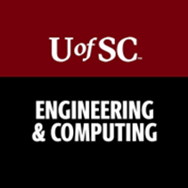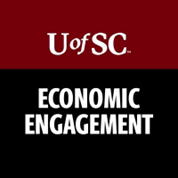Description:

Reference #: 01612
The University of South Carolina is offering licensing opportunities for Over-the-Air Computation Methods Based on Balanced Number Systems for FEEL
Background:
Federated edge learning (FEEL) is a distributed learning framework that leverages the computational powers of edge devices (EDs) and uses the local data at the EDs without compromising their privacy to train a model. However, the communication aspect of FEEL is one of the main bottlenecks.
Invention Description:
To address this issue, one of the promising solutions is to perform the aggregation with over-the-air computation methods that harness the interference that naturally occurs in wireless systems. However, developing a broadband AirComp scheme that allows analog computation via a digital scheme is not trivial. In this invention, we address this issue with a novel AirComp scheme.
Potential Applications:
This invention addresses the communication latency problem of training an artificial intelligence model over a wireless network. It reduces the per-round communication latency. It also paves the way for training when the data distribution is heterogeneous in the network. It could be helpful for artificial intelligence technologies over wireless or sensor networks, 5G and beyond, 6G wireless standardization, and IEEE 802.11 Wi-Fi. Also, Recently, IEEE 802.11 has formed a Topic Interest Group (TIG), where distributed learning over a wireless network has been mentioned.
Advantages and Benefits:
The proposed scheme achieves a continuous-valued computation over a digital scheme. Hence, it can address many scenarios, including wireless sensor networks. It does not need a channel inversion at the EDs. From this aspect, it is compatible with time-varying channels and does not lose the gradient information due to truncation. The proposed scheme reduces PMEPR with a simple randomization technique. It also does not require CSIs at the ES or multiple antennas for over-the-air computation. It can also provide test accuracy when the data distribution is heterogeneous.

For licensing information, contact:
Nikki Biagas, Licensing & Compliance Manager- bianik@sc.edu
UofSC Technology Commercialization Office- technology@sc.edu